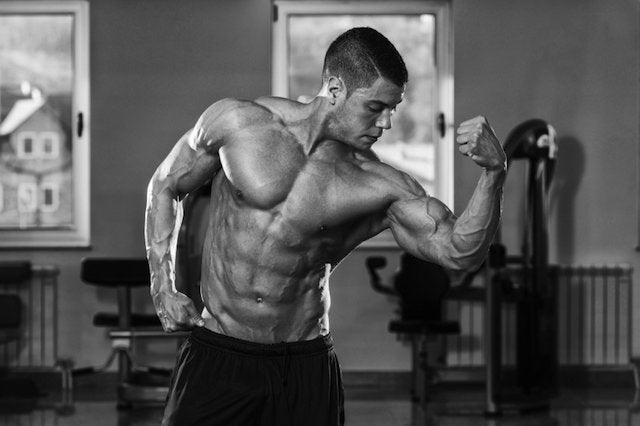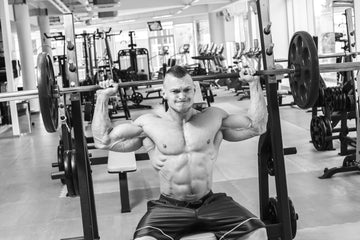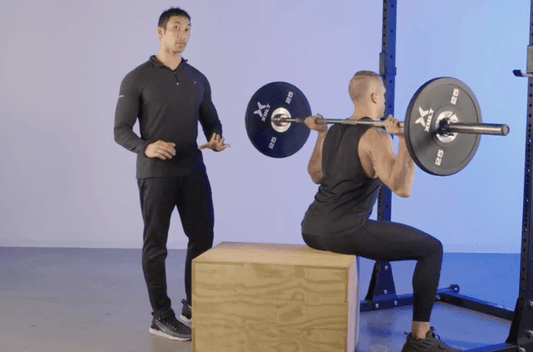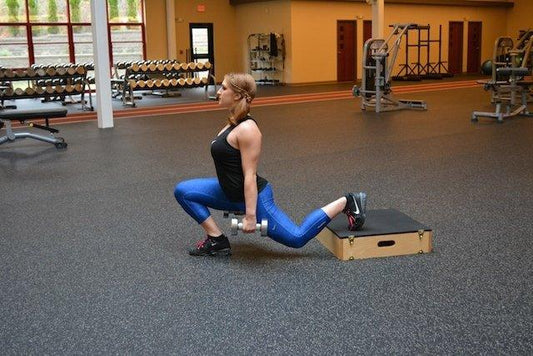

Want Bigger Biceps? Reverse Lat Pulldowns or Biceps Curls?
Table of Contents
Most workouts are the combination of both single and multi-joint exercises. For example, a person may perform a squat in conjunction with a leg extension. Multi-joint exercises recruit several muscles or muscle groups at a time, whereas single joint exercises recruit only one primary muscle.
Although it is often believed that a muscle is better stimulated during isolation exercises, the evidence for this assumption is weak; previous studies have not shown increased motor unit recruitment during single joint exercises. It has been shown that muscle hypertrophy is dependent on the mechanical tension, muscle damage and metabolic stress produced by the strength exercise.
This may be surprising, but no research studies have ever demonstrated that single joint exercises are needed when performing multi-joint exercises. For example, a previous study examined the effect of performing isolated single-joint exercises in conjunction with multi-joint exercises on upper arm circumference and upper body strength in 17 national-level baseball players.
One group performed only upper body multi-joint exercises; the other group completed the same multi-joint exercise program plus biceps curl and triceps extension exercises. Both groups reported the same increases in arm circumference and muscle strength. This suggests that performing single-joint exercises in combination with multi-joint exercises may not be necessary. According to a new study published in the Journal of Applied Physiology, Nutrition, and Metabolism once again reports that single joint exercises, when combined with multi-joint exercises, don’t have any extra benefit regarding strength or size.
A few years ago, researchers examined the effect of adding single-joint exercises to a multi-joint exercise resistance-training program on upper body muscle size and strength. Twenty-nine untrained young men participated in a 10-week training session. They were randomly divided into two groups:
- The multi-joint exercise group performed only multi-joint exercise exercises (lat pulldown and bench press);
- The multi-joint exercise +single-joint group performed the same multi-joint exercise exercises plus single-joint exercises (lat pulldown, bench press, triceps extension, and bicep curls).
All exercises were performed with three sets of 8–12 repetitions. Participants were instructed to carry out all sets to failure. Before and after the training period, the muscle thickness (MT) of the arms was measured with ultrasound, and peak torque was measured with an isokinetic dynamometer. At the end of the study, there was a significant increase in muscle growth for the both the single and multi-joint group (6.5% for multi-joint and 7.04% for multi-joint+single-joint) and peak torque (10.40% for multi-joint and 12.85% for multi-joint+single-joint) in both groups, but there were no between-group differences.
Therefore, this study showed that the inclusion of single-joint exercises in a multi-joint exercise training program resulted in no additional benefits regarding muscle size or strength gains in untrained young men. In summary, this study showed that the stimuli provided during multi-joint exercises were sufficient to promote gains in muscle size and strength in previously untrained subjects; no additional benefit was seen with the addition of supplemental single-joint exercises over a period of 10 weeks.
Thus, coaches and athletes could save time by not including single-joint exercises in the training program and still achieve gains in muscle size and strength in the upper body. Future studies should analyze the use of single-joint exercises over longer periods of time and in different populations. It would also be interesting to explore this concept in lower body muscle groups.
At the end of the study, both training groups significantly increased arm strength, but there was no significant difference between groups. Both training groups also increased muscle mass but once again there was no difference between the groups.
So the study lacks some credibility because it was performed in untrained men, but for the non-believers, a study was released this month in trained athletes and found the same findings.
Researchers compared the increases in muscular strength and size between resistance training programs involving upper body multi-joint exercises and those involving both upper body multi-joint and upper body single-joint exercises, in trained subjects. 20 young, resistance-trained males, randomly allocated into either a combined multi-joint and single-joint group or a multi-joint only group.
Both groups performed an 8-week period of resistance training for the upper body, following a linear periodized program. Both groups performed both free weights and machine exercises for the upper body, including various pressing and pulling movements. In addition, the combined group also performed triceps extensions and biceps curls.
At the end of the study, both training groups significantly increased arm strength, but there was no significant difference between groups. Both training groups also increased muscle mass but once again there was no difference between the groups.
The researchers concluded that adding single-joint exercises to a multi-joint resistance training program does not appear to increase further gains in muscular strength and size. They, therefore, suggest that for maximal efficiency of training, single-joint exercises can be removed from training programs.
A new study reported similar finding that single joint exercises are not useful to muscle hypertrophy. Twenty-nine young men, without prior resistance training experience, were randomly divided into two groups.
- One group performed only multi-joint exercises involving the elbow flexors (lat. pull downs),
- While the other trained the elbow flexors muscles using only single joint exercises (biceps curls).
Both groups trained twice a week for a period of ten weeks. The volunteers were evaluated for strength and muscle mass. At the end of the study, there were significant increases in muscle mass for the multi-joint exercise group (6.10%) and single-joint exercise group (5.83%). Muscle strength increased for the multi-joint group (10.40%) and single joint group (11.87%). However, the results showed no difference between groups regarding muscle mass or strength.
In conclusion, the results of the present study suggest that multi-joint and single joint exercises are equally effective for promoting increases in upper body muscle strength and size in untrained men. Therefore, the selection of single joint and multi-joint exercises should be based on individual and practical aspects, such as equipment availability, movement specificity, personal preferences, and time commitment.

















